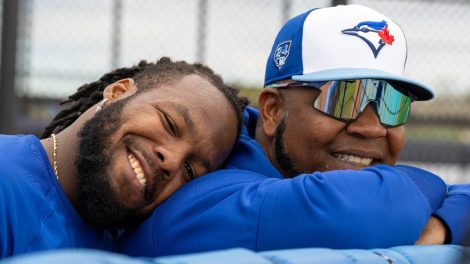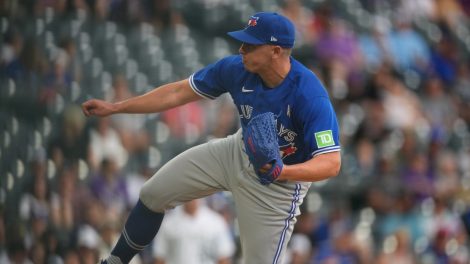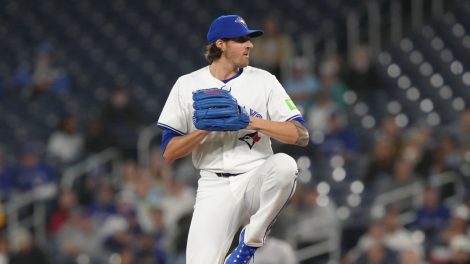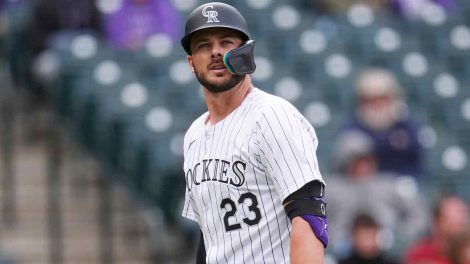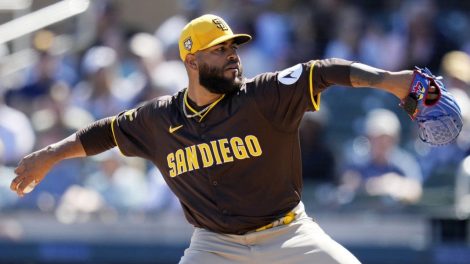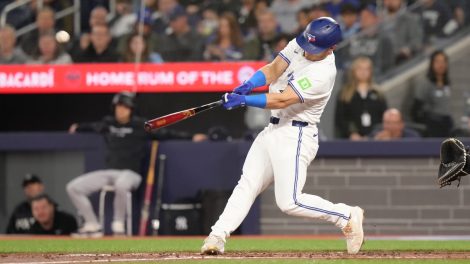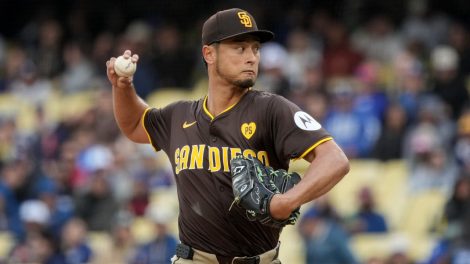If recent history is any indication, the Toronto Blue Jays will avoid going to arbitration hearings with any of their five eligible players.
The Blue Jays last had a hearing with Bill Risley in 1997, so it’d be a surprise if Marco Estrada, Josh Donaldson, Michael Saunders, Brett Cecil or Danny Valencia has a hearing during this year’s Feb. 2-20 window.
There are a few ways the process could play out. The Blue Jays could reach one-year deals with their eligible players on or before Friday’s arbitration filing deadline, as they did a year ago this time. Teams and agents are currently working to resolve pending arbitration cases, with some teams preferring to wait until closer to Friday before engaging seriously in talks.
In recent seasons the Blue Jays have been a ‘file or trial’ team, meaning they have had a policy of stopping negotiations on one-year deals if agreements don’t occur by the filing deadline. By setting a hard deadline, teams such as the Blue Jays attempt to encourage more serious dialogue and bring the sides together sooner.
But the Blue Jays aren’t necessarily locked in to a hearing if they don’t reach deals with everyone by Friday. They could always reach a multiyear deal before a hearing date, as they did with Casey Janssen three years ago.
History aside, there’s a practical reason for Toronto to push for deals. Locking up arbitration eligible players would provide GM Alex Anthopoulos with cost certainty as he continues evaluating relief options with approximately $5-7 million at his disposal. The sooner the Blue Jays resolve their arbitration cases, the sooner they’ll know precisely how much they have at their disposal to address other needs.
Salary Arbitration Explained
Players with between three and six years of MLB service time are arbitration eligible along with a selection of players with two to three years of service time (called Super Two players). As players gain experience they see their salaries increase through the arbitration system, which was initially established by MLBPA Executive Director Marvin Miller in 1974.
Since the process was established before the rise of sabermetrics, it favours old-school statistics such as wins and RBI. Above all, players are compensated in proportion to their playing time.
Sometimes players become uncomfortably expensive, at which point they can become non-tender candidates. On those occasions, teams will release a player early instead of tendering him a contract offer through the arbitration process and reserving a roster spot for him.
Teams and players exchange filing numbers for unresolved arbitration cases in January, with the player almost always submitting a higher figure than the team. If the sides don’t negotiate an agreement after exchanging figures, they go to an arbitration hearing the following month. A panel of arbitrators (people who aren’t necessarily well-versed in baseball) then hear arguments from both sides before selecting one side’s submission.
After a player accrues six years of MLB service, he’s eligible for free agency, assuming he hasn’t already signed a long-term contract extension.
Explanation via Sportsnet’s off-season glossary



